Man Buys a Beaten-Up Mercedes-Benz for $38K, Fixes It, Then Says He Sold It for $200K
It seemed like a bargain — one man picked up a Mercedes-Benz CLS for just $38,000 from a small roadside repair shop.

It sounded too good to be true: a man shelled out $38,000 for a Mercedes-Benz CLS he found sitting at a roadside garage. The car was in terrible shape — dirty, scratched, and clearly left for dead. He later claimed to have rebuilt it from scratch and sold it for an eye-watering $200,000.
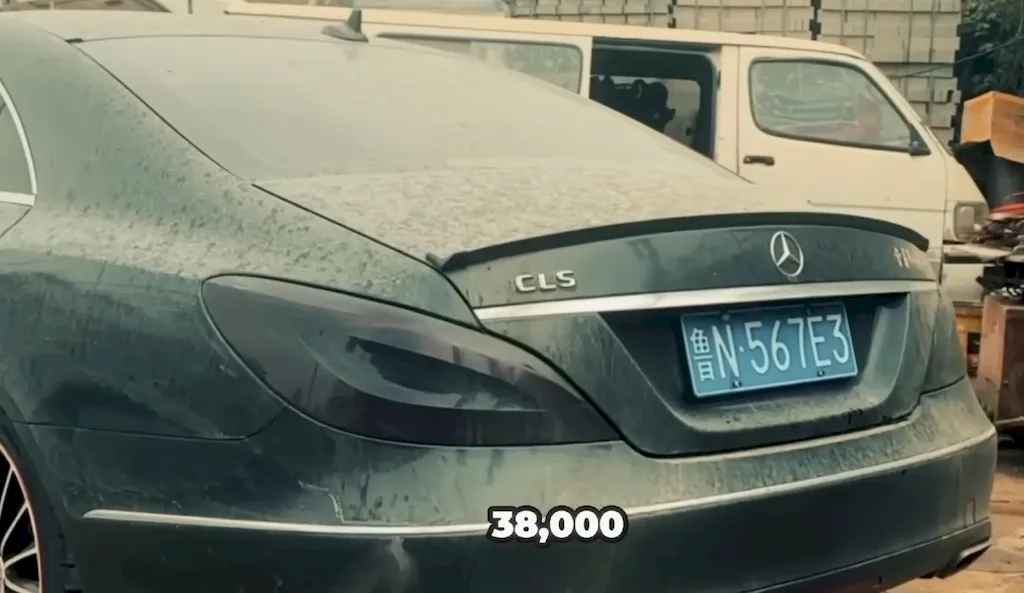
That’s the part that raises questions, because $200,000 is serious super-sedan money. That’s the kind of cash that puts you in brand-new Mercedes-AMG GT 63 S E Performance territory. But before jumping to the sale, let’s talk about the rebuild — because that process was no joke.
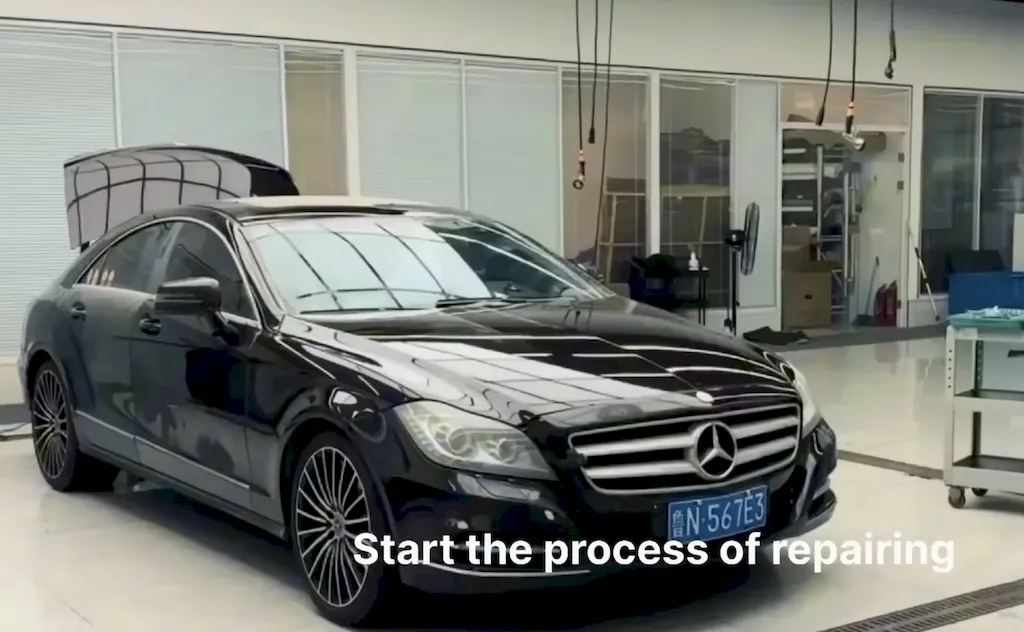
This wasn’t some quick “wash it and flip it” operation. The CLS was coated in years of grime and neglect. The team stripped it down completely — one corner of the shop had just the bare body shell, while the floor looked like a giant car-parts puzzle.
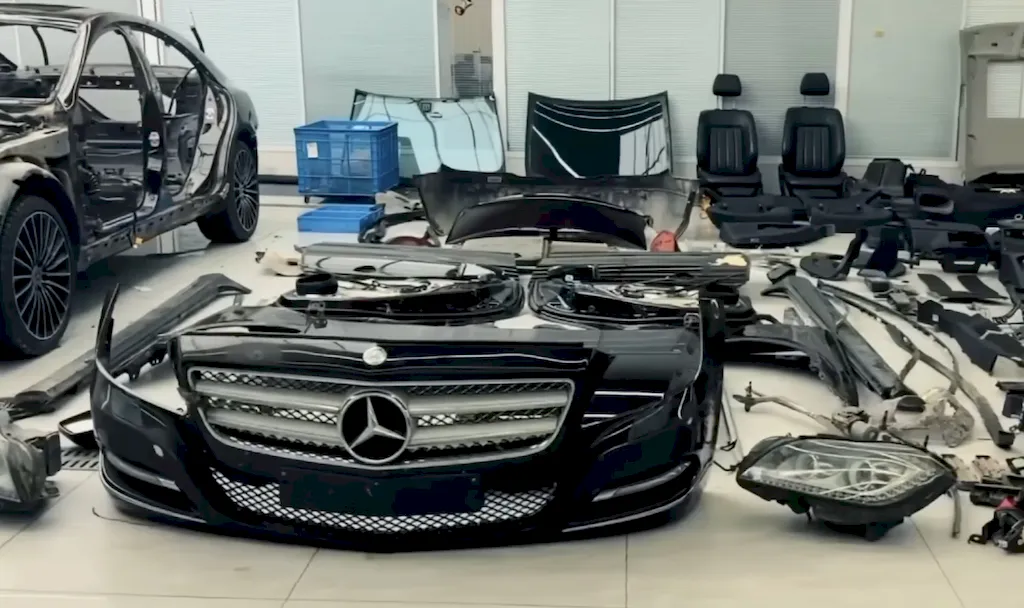
Every bolt came out. Every part was tagged and sorted. Some pieces went into a deep-clean bath, others straight to the trash. The engine came out, the gearbox followed, and every fluid was drained. The rebuild basically reset everything to square one.
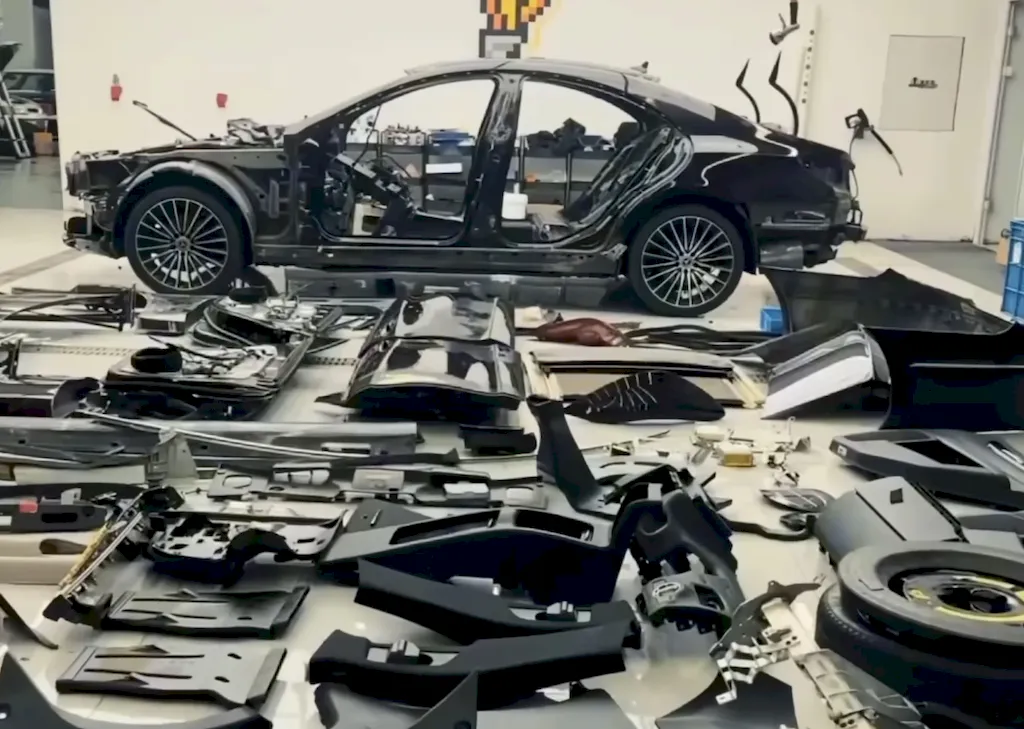
Once the body was pressure washed, foamed, degreased, and sanded, even the old paint was stripped away. The bare shell then went through a full electrophoretic coating — the same anti-corrosion process used on brand-new Mercedes bodies at the factory.

The team wasn’t aiming for “good enough.” They wanted “factory fresh.” A nano-phosphate layer was applied to prevent rust, and the shell was baked at 200°C (392°F) to cure it. Only then did they start the multi-layer paint process, just like Mercedes does in production.

After that came the painstaking work: wiring, insulation, soundproofing, interior fitment — all the little things that eat up hours but make or break a proper restoration. Anyone who’s ever rebuilt a car knows this stage separates the amateurs from the pros.
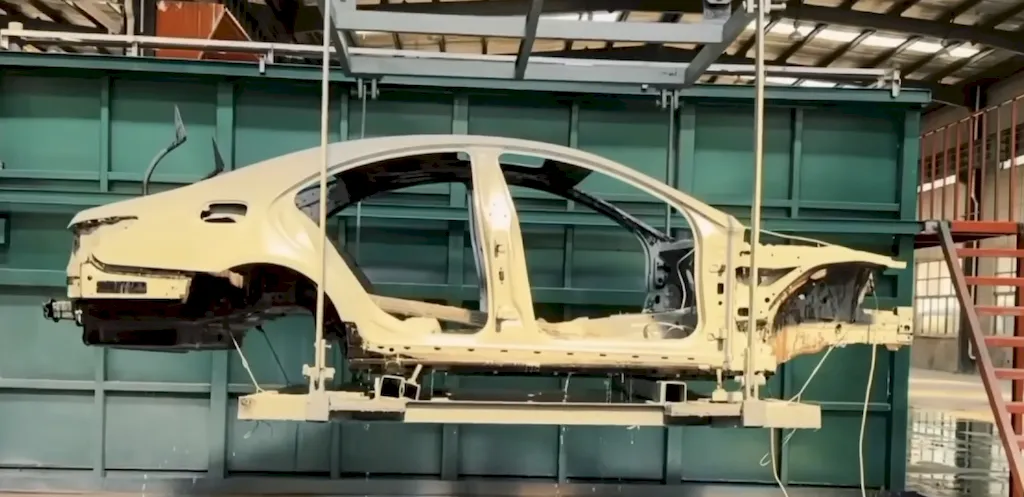
Meanwhile, the engine was taken apart and rebuilt piece by piece. Worn parts were replaced, new seals and gaskets installed, and everything was reassembled like a precision instrument. Once every subsystem was ready, the team mated it all back to the immaculate body.
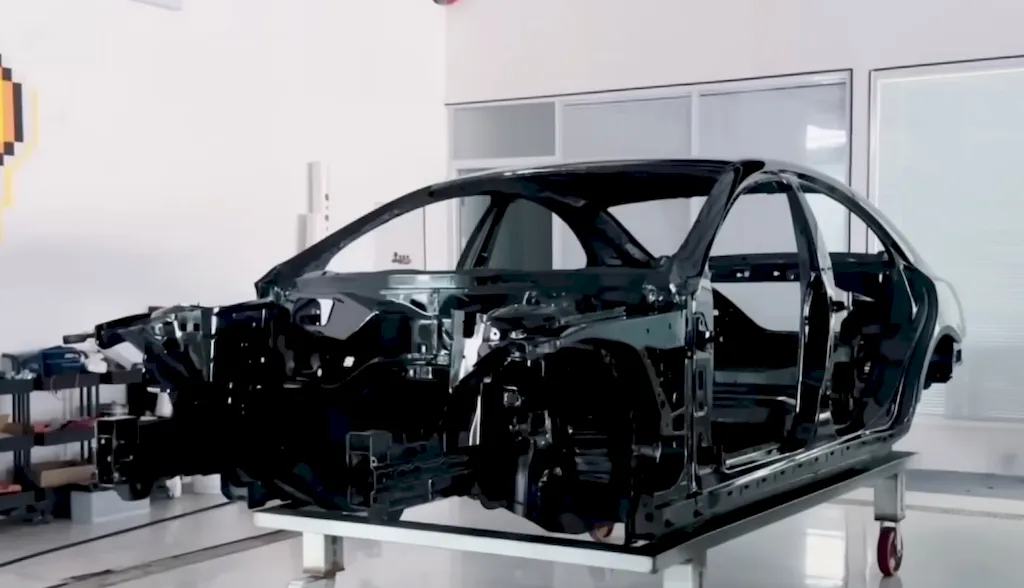
Judging by the craftsmanship alone, the result might have been even better than what originally rolled out of Mercedes’ Sindelfingen plant.
But that $200,000 figure…
Here’s where it gets tricky. The story claims the fully restored CLS fetched $200,000. Maybe someone actually paid that. Maybe hype or a collector’s impulse kicked in.
Still, in today’s market, $200K buys you a brand-new Mercedes-AMG GT 63 S E Performance — a twin-turbo V8 plug-in hybrid with 831 horsepower and 1,032 pound-feet of torque. It rockets from 0 to 60 mph in just 2.8 seconds — and it comes with a factory warranty.
That’s modern super-sedan money.

So yes, the rebuilt CLS looks incredible. Yes, the attention to detail is stunning. And yes, it’s satisfying to see an aging four-door coupe — the original trendsetter of its kind — get a second life.
But there’s a catch: we never get a clear look at the finished car. The final footage is filmed at night, with the CLS barely visible on the move.
As for the alleged $200,000 sale? Believe it if you’d like — but it’s wise to keep a healthy dose of skepticism handy.
You may also be interested in the news:

An Unexpected Ride: Woman Gives Birth in a Driverless Taxi in San Francisco
The robotaxi safely completed the trip to the hospital on its own.
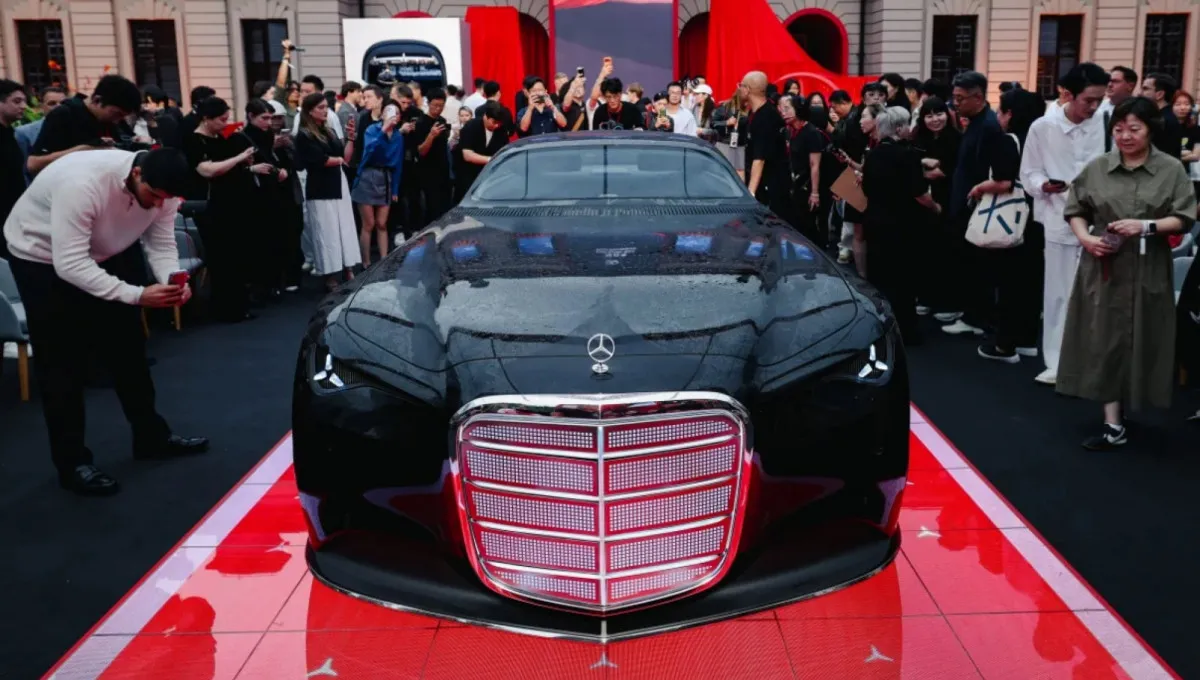
Mercedes-Benz Loses Its Design Chief: Gorden Wagener to Step Down After 28 Years
The architect of Mercedes-Benz’s modern design language will leave the company in early 2026

These Car Movies Every American Should Watch: Our Top 5 Picks
You’ve probably seen many of them before, but revisiting these classics can still deliver the same rush as the first time.

Why you shouldn't press these buttons in your car: some could be dangerous
These controls are easy to hit by accident—or out of inexperience, especially for new drivers.

Ten Unusual Wheel Designs That Completely Transform a Car’s Look
Wheels are one of the most important parts of a car—and not just because the vehicle can’t move without them.